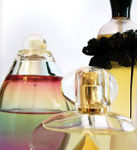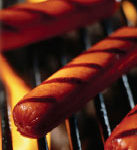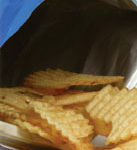Consumer Products GC Systems, Gas Chromatograph, Gas Chromatography, Portable GC, Custom GC System, Food Analysis GC, Alcohols GC, Spirits GC, Chiral Separations GC, Cleaning Solvents GC, Cork Taint GC, e-Cigarette GC, Essential Oils GC, Fatty Acids GC, Fatty Acid Methyl Esters GC, FAME GC, Flavors GC, Fragrances GC, Food Contaminants GC, Fruit Ripening GC, Ethylene GC, Packaging Contaminants GC, Personal Care GC, Preservatives GC, Sterols GC, Sugar Alcohols GC, Triglycerides GC, Fats GC
All of these Consumer Products Applications can be analyzed using one of the Custom GC configurations of the Series 600 Lab GC. However, the vast majority can also be analyzed using the Companion 1, or the Companion 2 Portable GC Systems. Best of all, each of these Custom GC Systems gives the same great results. So, whether your analyzing in the Lab, or in the factory, or out in the field, you can rest assured that your Consumer Products results will always be consistent.










